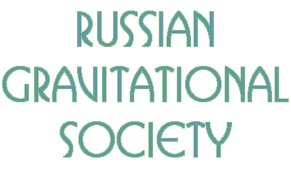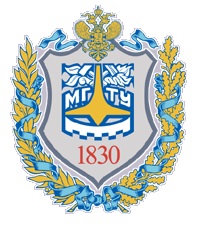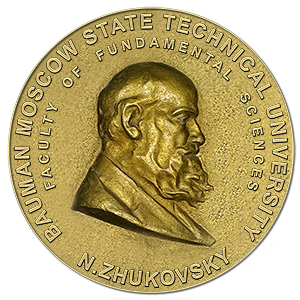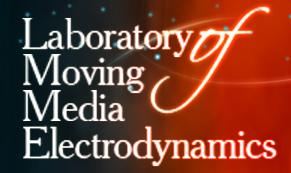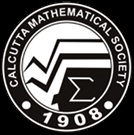|
Relativistic Precessions and Classical Electrodynamics
Hajra S.
Calcutta Mathematical Society, India
E-mail: Hajra sankarhajra@yahoo.com
Electric charges possess momenta and energies that we could experience with our sense organs. Therefore, electric charges are real physical entities i.e., objects. All objects are subject to gravitation. Electric charges should similarly be the subject to gravitation. The acceleration of a point charge should, therefore, be the same as that of a point object in magnitude and in direction in the same gravitating field and that acceleration, too, should be directed towards the interacting gravitating field. This implies that the gravitating mass of a point charge is proportional to its longitudinal electromagnetic mass γ3m0 (where γ=1/k and k=(1-u2/c2)1/2 , u the velocity of the charge in the free space and m0 is the rest electromagnetic mass of the charge). We shall show in this paper that this simple classical consideration along with classical physics is equivalent to the general relativity theory.
Keywords: Classical electrodynamics, De Sitter precession, Lense-Thirring precession , precession of perihelion of Mercury, bending of light rays , gravitational red shift , Thomas Precession.
DOI: 10.18698/2309-7604-2015-1-199-212
Article file: Hajra2.pdf
| 

